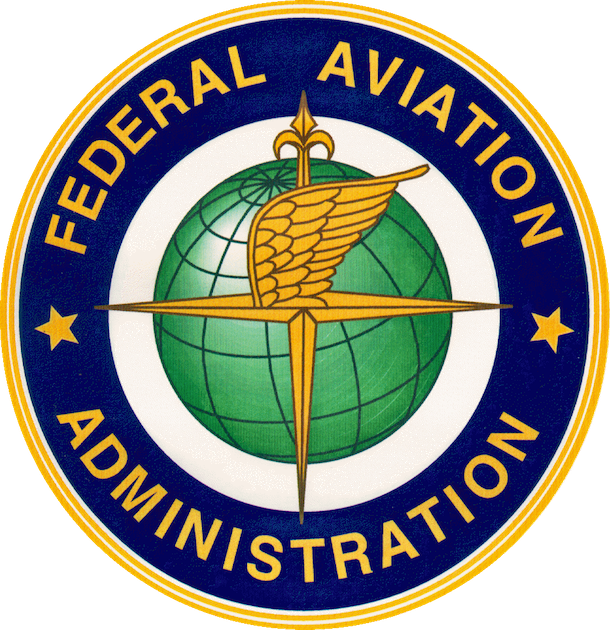In most locations, industrial drone operation requires certification; and within the United States, that’s a Part 107 Remote Pilot’s Certificate from the Federal Aviation Authority (FAA.) Many drone purchasers, nevertheless, are unaware of the prevailing legal guidelines that apply to drone operation. Offering readability and emphasizing security, the FAA has revealed a Fact Sheet about Part 107 Requirements. (The Fact Sheet might be discovered right here, the complete textual content of Part 107 is revealed on-line right here.)
A rash of current stories blaming drones for interfering with manned plane has led to issues that just a few rogue operators might trigger already strict laws to tighten. Licensed industrial drone operators and advocacy organizations have known as repeatedly for the FAA to take immediate enforcement motion in opposition to careless operators.
The FAA’s Part 107 Fact Sheet offers a short abstract of the “highlights of the rule,” in accordance with the FAA. The Fact Sheet might present a instrument for enforcement companies to know when operators are breaking the regulation.
While most operators with even a cursory data of the laws are conscious of the 400 foot altitude most (increased if you’re inside 400 toes of a construction), some will not be conscious that First Person View (FPV) know-how requires a second visible observer, or that drone supply, per se, is definitely absolutely authorized so long as you don’t break another guidelines. (“You also may transport property for compensation or hire within state boundaries provided the drone, including its attached systems, payload and cargo, weighs less than 55 pounds total and you obey the other flight rules. (Some exceptions apply to Hawaii and the District of Columbia.)”)
The Fact Sheet additionally addresses the brand new information for drone operators: details about the LAANC system (together with learn how to pronounce it – “LANCE.”) “In March 2018, the FAA announced it is expanding tests of the LAANC automated system,” says the Fact Sheet. “The agency will now conduct a nationwide beta test beginning April 30 that will deploy LAANC incrementally at nearly 300 air traffic facilities covering approximately 500 airports. The final deployment will begin on September 13.”
While the roughly 800 phrase Fact Sheet doesn’t come near explaining all the sides of Part 107, it does try to emphasise to new operators that they need to register their drones and be taught the foundations – which isn’t information to accountable flyers, however might assist educate potential unwitting lawbreakers.
 Unmanned Aerial Vehicle The latest drone news
Unmanned Aerial Vehicle The latest drone news






